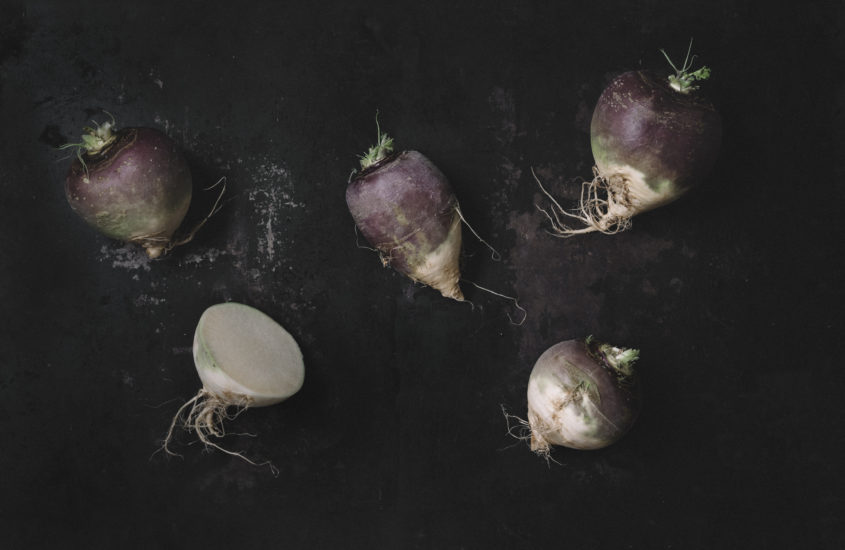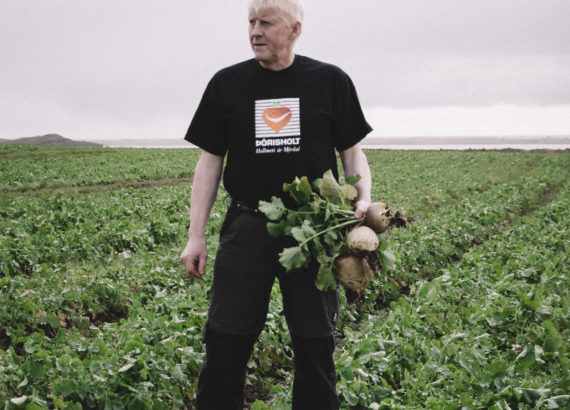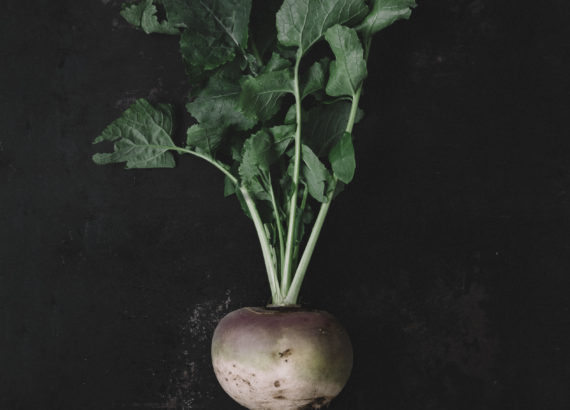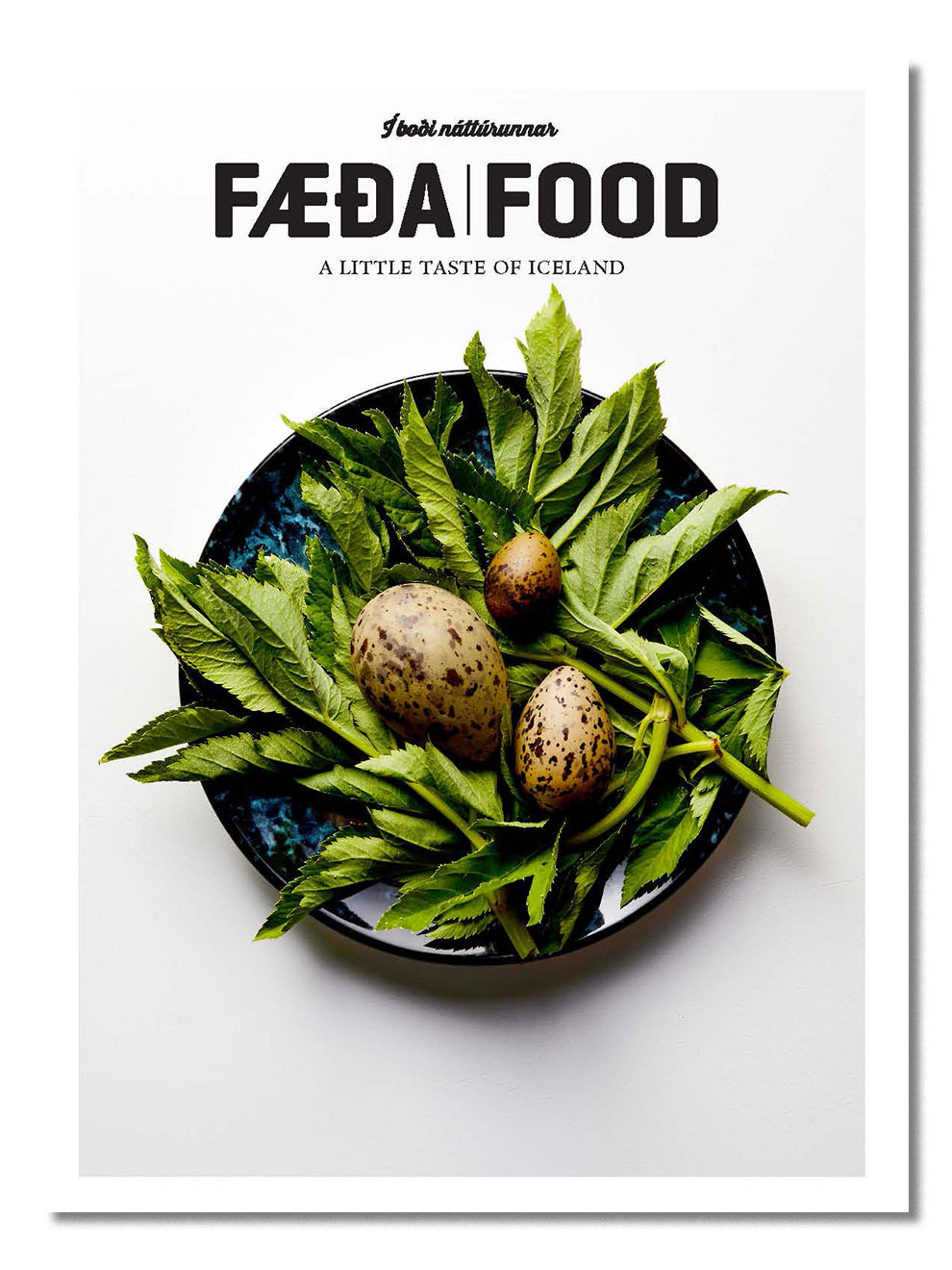
The Orange of the North
Text ELÍN HRUND ÞORGEIRSDÓTTIR Photos ADAM BIERNAT
A special kind of turnip, the Swedish turnip, has accompanied Icelanders through the centuries. Presently, about 1,000 tons is consumed in Iceland each year, mostly with traditional food. Guðni Einarsson is one of Iceland’s leading Swedish turnip farmers. He is the sixth generation of farmers at Þórisholt in Mýrdalur, South Iceland, founded in 1842. Cultivation of the Swedish turnip began there in 1980 and in 2007 they decided to focus entirely on it.
 As its name indicates, the Swedish turnip originates in the North, in Sweden to be exact. A hybrid of cabbage and another type of turnip, it does not exist in the wild. It is resilient and therefore easy to grow anywhere. This yellow turnip, or rófa as it is called in Icelandic, is sometimes referred to as the orange of the north. It is exceptionally rich with vitamin C and also vitamin A and fibre. In Guðni’s opinion, Icelanders don’t eat enough of it nowadays, although it is much more nutritious than the potato and contains less carbohydrates. “It used to be enjoyed alongside all kinds of food. However, it is good to see that people are beginning to consume more root vegetables, whether grilled, fried or raw. We should use it instead of the popular sweet potato that we import from countries far away.”
As its name indicates, the Swedish turnip originates in the North, in Sweden to be exact. A hybrid of cabbage and another type of turnip, it does not exist in the wild. It is resilient and therefore easy to grow anywhere. This yellow turnip, or rófa as it is called in Icelandic, is sometimes referred to as the orange of the north. It is exceptionally rich with vitamin C and also vitamin A and fibre. In Guðni’s opinion, Icelanders don’t eat enough of it nowadays, although it is much more nutritious than the potato and contains less carbohydrates. “It used to be enjoyed alongside all kinds of food. However, it is good to see that people are beginning to consume more root vegetables, whether grilled, fried or raw. We should use it instead of the popular sweet potato that we import from countries far away.”
 Dozens of tons of the yellow turnip are discarded annually due to appearance and excess cultivation. “We want to use all the product we have invested in growing and also counter food waste,” says Guðni. One of the ways was opening a restaurant, Svarta fjaran, with nearby farms serving food made from their produce, including delicious yellow turnip soup. He is also developing a schnapps and spirit from the turnip. “That way we should be able to fully use all our product.”
Dozens of tons of the yellow turnip are discarded annually due to appearance and excess cultivation. “We want to use all the product we have invested in growing and also counter food waste,” says Guðni. One of the ways was opening a restaurant, Svarta fjaran, with nearby farms serving food made from their produce, including delicious yellow turnip soup. He is also developing a schnapps and spirit from the turnip. “That way we should be able to fully use all our product.”


